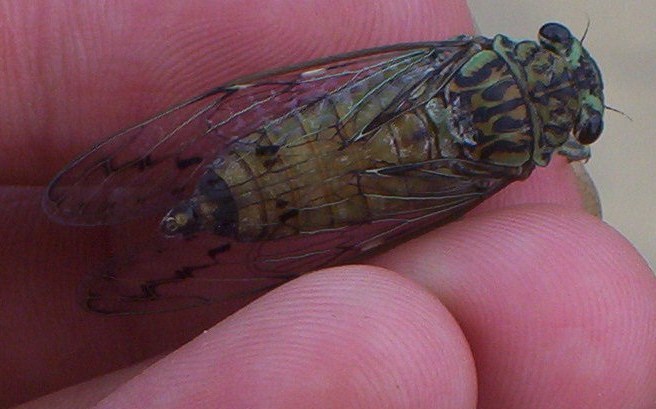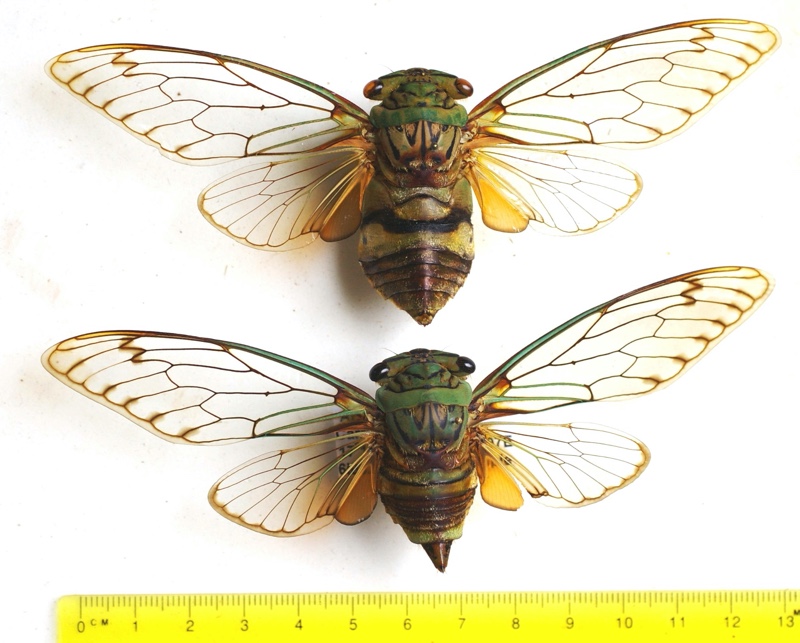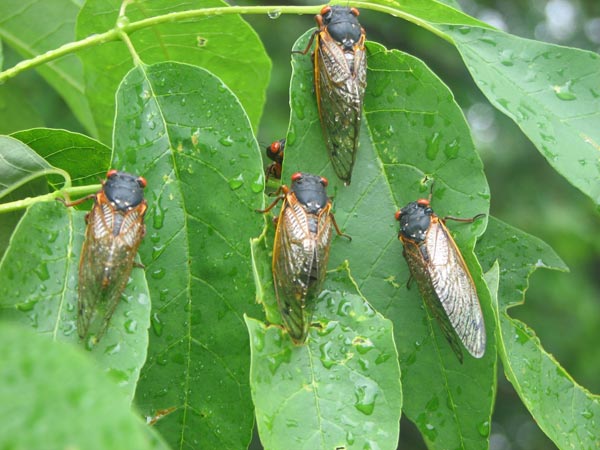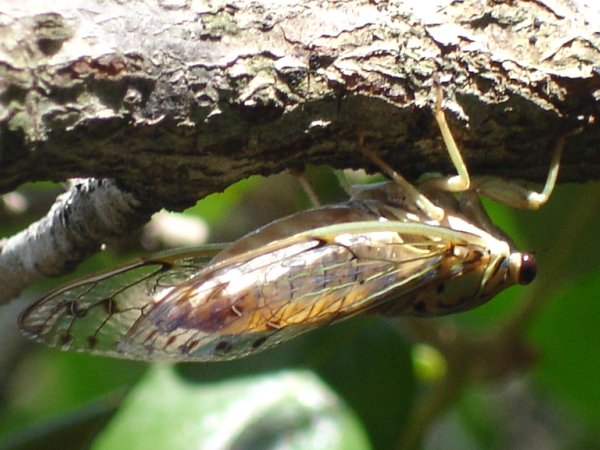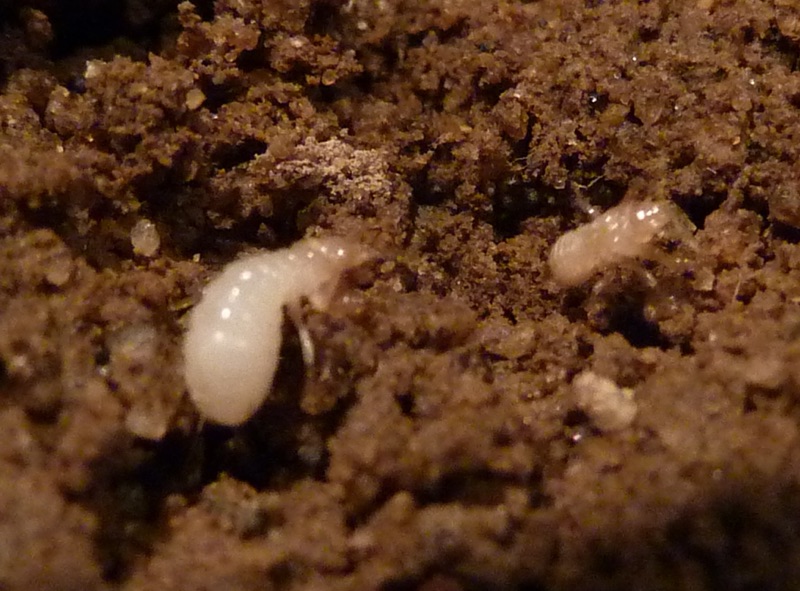Note: no major broods emerged in 2010.
I wanted to mention that I heard several Periodicals(cassini) in blue springs around the first week of June. Maybe a total of about 15 0r 20 in 2 trees.
Comment by Steve Karan — July 1, 2010 [AT] 2:01 pm
Heard a cassini singing in the trees for about 45 minutes today in Loveland. It was finally sunny and warm enough for it after 7 days of cool weather.
Comment by Roy Troutman — May 22, 2010 [AT] 6:15 pm
May 15, 2010 M cassini, Milford, OH (Cincinnati)
Comment by Jennifer Taylor — May 14, 2010 [AT] 7:53 am
I forgot to mention that the greenway is located in Charlotte, North Carolina. The largest concentration of cicadas was observed between the 3-mile and 3.25-mile markers (between Johnston Rd and Hwy 51). Also, several adults had the Massospora cicadina fungal disease.
Comment by Lenny Lampel — May 11, 2010 [AT] 6:05 am
I observed a small emergence of one year early stragglers of Brood XIX on Monday, May 10. There were several dozen calling along a one mile stretch of the Lower McAlpine Greenway. The emergence appeared to be entirely Magicicada tredecassini. Interestingly, the emergence occurred in a floodplain forest. Good numbers of exuviae were observed on wetland shrubs and grasses and numerous live adults were on the ground and flying between trees. Several grackles were seen eating the cicadas and yellow-billed cuckoos and great-crested flycatchers were also in the area and were extremely vocal.
Comment by Lenny Lampel — May 11, 2010 [AT] 5:59 am
